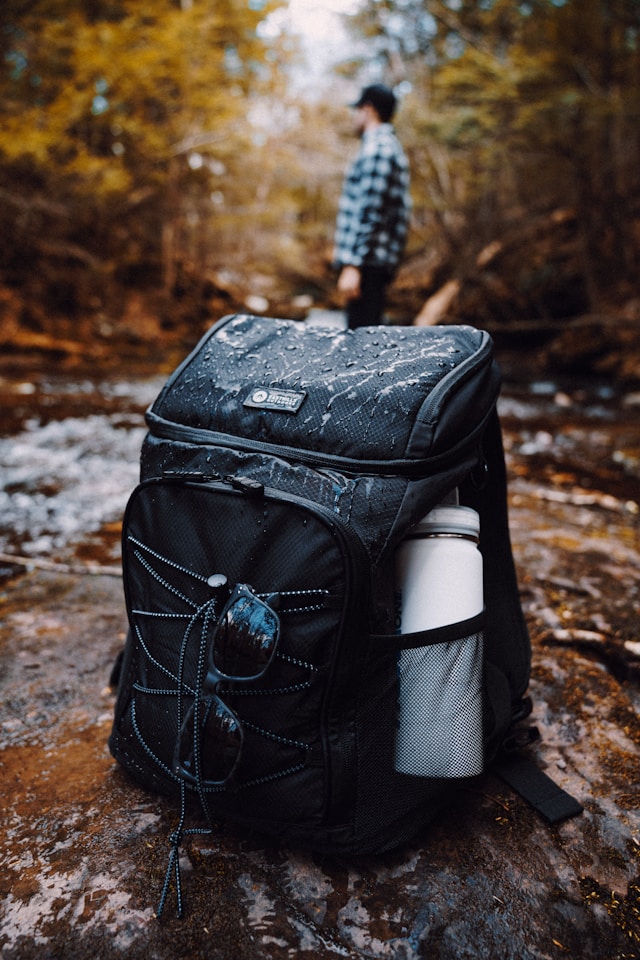In a world where unpredictability reigns, the demand for waterproof materials has become more crucial than ever. From outdoor enthusiasts braving the elements to urban commuters navigating rainy streets, the need for reliable protection against moisture has fueled a continuous evolution in material science and engineering. Let’s delve into the fascinating realm of waterproof materials and explore the innovations driving their development.
From Rubber to Gore-Tex: A Brief History
The quest for waterproofing dates back centuries, with early civilizations using natural materials such as rubberized fabrics and waxed cotton to repel water. However, it was the invention of synthetic materials like polyurethane and Gore-Tex in the 20th century that revolutionized waterproofing technology. Gore-Tex, in particular, with its microporous membrane structure, marked a significant advancement by allowing water vapor to escape while preventing liquid water from penetrating—a breakthrough known as “breathability.”
Innovations in Fabric Technology
Today, waterproof materials encompass a diverse range of fabrics and membranes engineered to deliver maximum protection without sacrificing comfort or breathability. High-performance fabrics like eVent, Polartec NeoShell, and Columbia OutDry Extreme employ advanced membrane technologies to provide waterproofing, windproofing, and breathability in a single package. These materials feature microscopic pores that are small enough to prevent water droplets from passing through but large enough to allow moisture vapor to escape, ensuring a comfortable and dry wearing experience.
Nano Coatings and Durable Water Repellents (DWR)
In addition to membrane-based technologies, nano coatings and Durable Water Repellents (DWR) have emerged as popular methods for waterproofing fabrics. These treatments create a hydrophobic barrier on the surface of the material, causing water to bead up and roll off instead of being absorbed. While DWR treatments can wear off over time with use, advancements in nanotechnology have led to the development of more durable and long-lasting coatings that maintain their effectiveness even after repeated exposure to the elements.
Applications Beyond Apparel
The benefits of waterproof materials extend far beyond outdoor apparel and footwear. They find applications in a wide range of industries, including automotive, marine, construction, and electronics. Waterproof coatings and sealants are used to protect vehicles from corrosion, seal joints and seams in buildings to prevent water intrusion, and safeguard electronic devices from moisture damage. These applications highlight the versatility and importance of waterproof materials in ensuring durability, reliability, and longevity across various sectors.
Environmental Considerations and Sustainability
As the demand for waterproof materials continues to grow, there is a growing emphasis on sustainability and environmental responsibility within the industry. Manufacturers are exploring eco-friendly alternatives to traditional waterproofing chemicals and investing in recycling programs to reduce waste. Additionally, innovations in bio-based materials and environmentally friendly production processes are paving the way for a more sustainable future for waterproof materials.
Conclusion: Advancing Protection in an Uncertain World
Waterproof materials represent more than just a technological achievement; they embody our resilience and adaptability in the face of nature’s unpredictability. From ancient civilizations to modern-day adventurers, the quest for reliable protection against moisture has driven innovation and progress in material science. As we continue to push the boundaries of what’s possible, waterproof materials will play an increasingly vital role in safeguarding our comfort, safety, and well-being in an ever-changing world.
